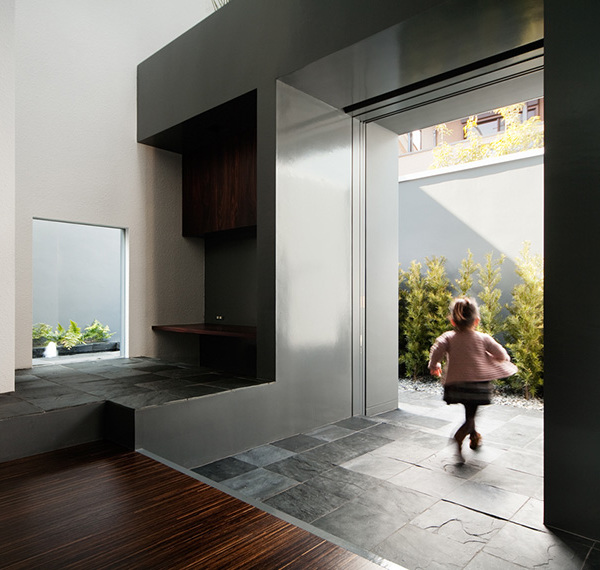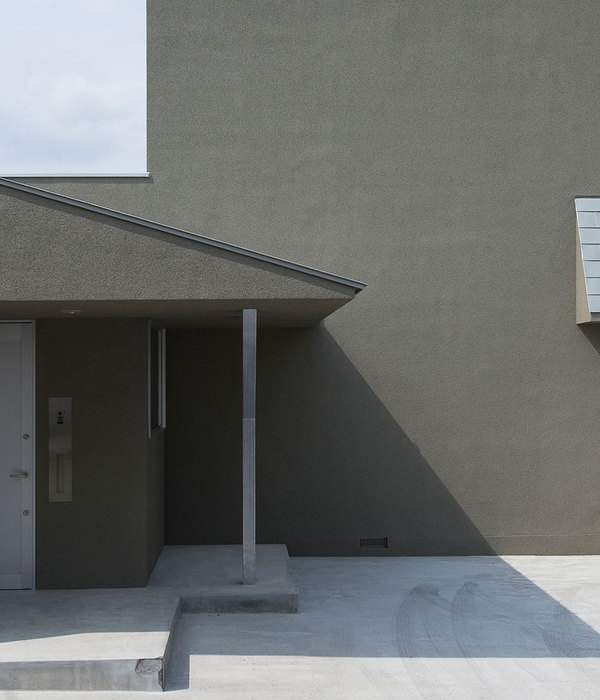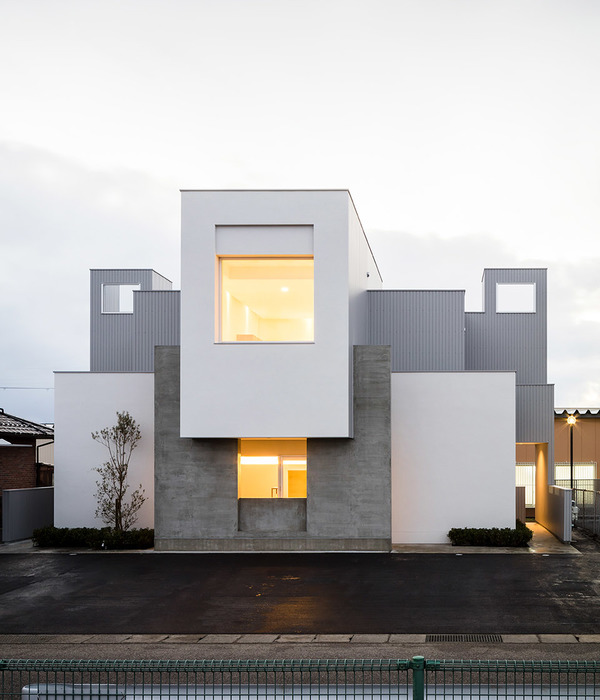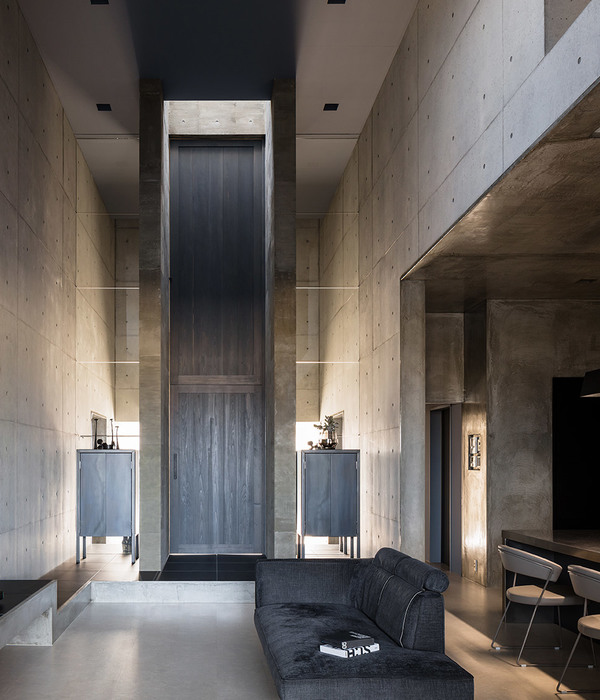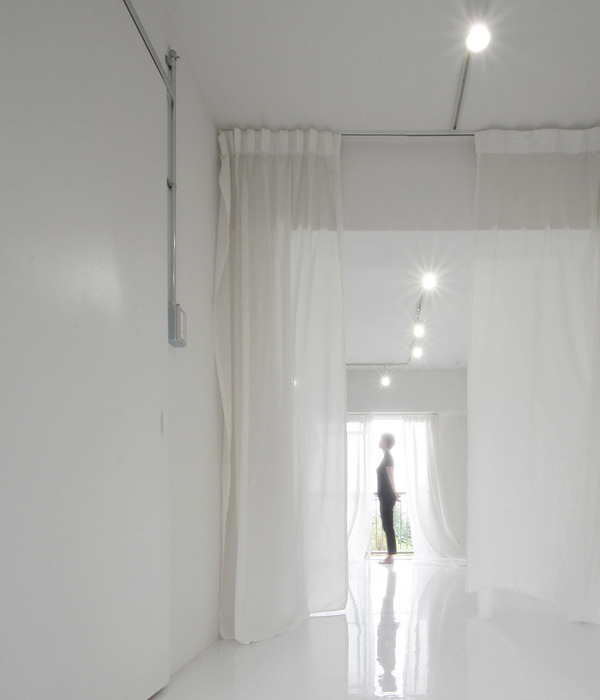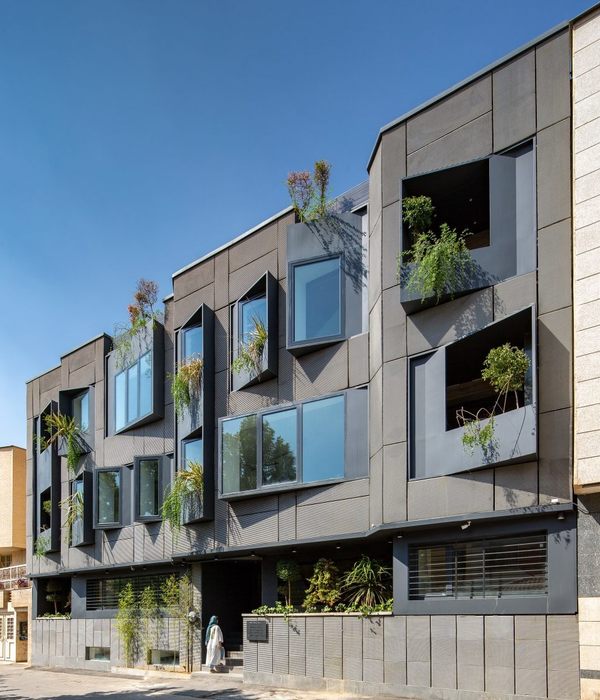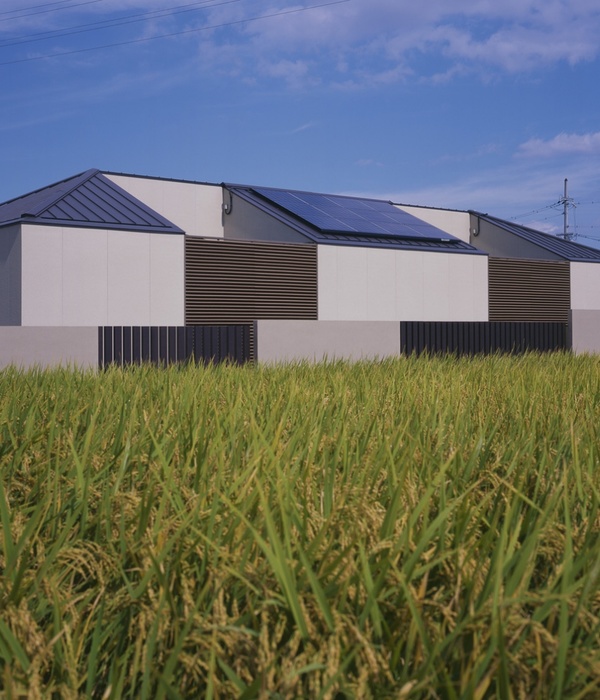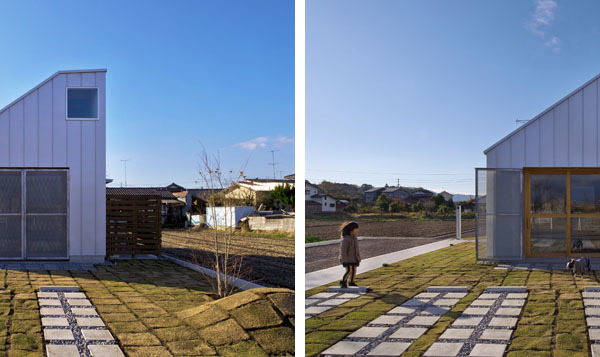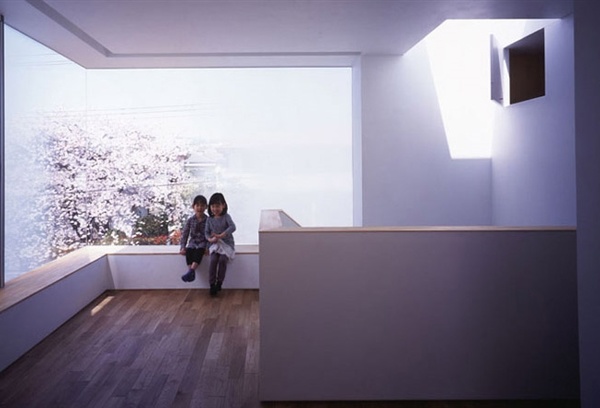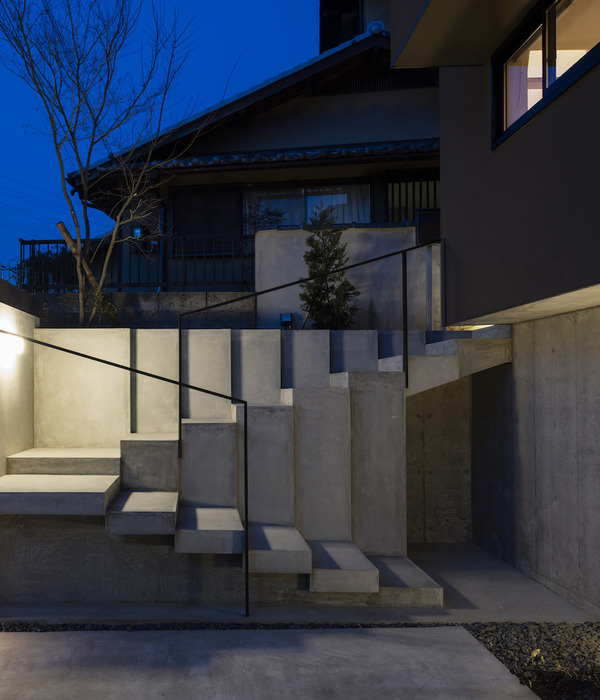Firm: Atelier Alter Architects
Type: Commercial › Exhibition Center Cultural › Cultural Center Pavilion
STATUS: Concept
SIZE: 10,000 sqft - 25,000 sqft
BUDGET: $50M - 100M
China Corporate United Pavilion (CCUP), Dubai, United Arab Emirates | Atelier Alter
The design concept of the pavilion was inspired by the similarities and differences between Chinese and Islamic culture. The Pavilion, in itself, can be viewed as a product of culture influence as various aspects of the two cultures collide and fuse together to create a new and unique architectural environment. While celebrating the beauty of cultural diversity, the Pavilion allows its occupants to imagine the scenario in which aspects of the two different cultures blend together to produce a legendary and mythical world where Chinese garden and Arabian tents, desert and sea, moon and water, etc. would coexist abstractly within the same dimension and be situated within a kind of mirage like landscape similar to the ones depicted in traditional Chinese landscape paintings.
The project is about a Chinese culture pavilion built in Dubai. It tries to establish a dialogue between Chinese and Islamic Culture. The main concepts about the project are outlined below:
Grid and Grid City
The nine square grid was originated as a measurement for Chinese calligraphy. While each Chinese character has a basic construct, it can transfer into numerous deviations based on various texts and calligraphers. The nine square grid spreads from calligraphy to other intellectual fields in Chinese culture. It is also the basic matrix for architecture and city planning in China. From domestic house to royal palace and ancient city, the nine square grid is the spatial logic of Chinese culture.
Scroll Painting of Chinese Landscape
Different from the precision in Hellenistic and Islamic Art, Chinese Landscape painting focuses on the poetic precision of chances and chaos. Multiple focal points of various space and time are the key to Chinese Landscape painting. The illusionary space depicted by voids between focal points defines infinity as spatial immensity in broadness, deepness and highness.
Vertical Landscape
The vertical scroll of landscape painting deals with the spatial immensity in deepness and highness. Layering, permeation and overlay are ways to achieve the phenomenon transparency in vertical landscape. The transparency and richness in space is reinterpreted by the architecture with a pixelated double skin facade.
Parametric design: the facade is composed by six shutter units with different degrees of openness. The units are arranged carefully to achieve the effect of layering of mountains in vertical landscape. The shutters work closely with local climate and lighting condition to make the building sustainable.
Substructure of Landscape
The substructure of landscape is reinterpreted by geometry and expressed through a membrane structure system in the architecture. As the membrane surface is twisted and deformed, different spaces is created for different pragmatic needs in the program.
Illusionary Space in Chinese Garden
The aesthetic principal of shifting focal points developed in Chinese landscape painting is spatialized by Chinese garden. Most gardens are built based on Chinese poetry. The illutionary space constructed by shifting focal points are further enhanced by nature phenomenon and activities in the garden.
Dubai Tectonic: Desert and Sea
The sea and the desert are the most distinct geographical features in Dubai. As the sand dune of desert resembles the geometry of Arabian tent, the solid and void in the tectonic of sand dune landscape also finds similarities in the mountain and water of Chinese landscape. The formal expression of the building is developed through a series of transformations of the sea horizon and the sand dune landscape.
Islamic Purity: Moon and Water
Cleanness and purity are sacred in Islamic culture. Water and moon are import culture symbols of purity, as they are depicted repeatedly in Islamic art, literature and architecture. Purity is also important to Chinese culture. The ethereal purity is the highest aesthetic achievement in Chinese art.
Muqarnas
Muqarnas dome or half dome are major motifs in Islamic architecture. While Quran emphases on accumulation, the splendor muqarnas dome is assembled by millions of small geometric parts, and the geometric parts are constructed through the negative carving out of primary geometries from the west. A modern muqarnas is created by transferring the principal in modern construction techniques.
The Arabian Tent
The Arabian tent is developed through unique geography and life style of the area. The typology of Arabian tent is transformed into a sustainable Chinese garden on the roof top as a exclusive gathering space.
Architect: Atelier Alter
Location: Dubai
Chief Designer: Xiaojun Bu,Yingfan Zhang
Design Team: Kai Qin, Zhenwei Li, Wei Xiong,Chunming Liu,Yun Zhao
Cost: $75M
Area: 12000㎡
Year: 2016
Photographs: Atelier Alter
{{item.text_origin}}

